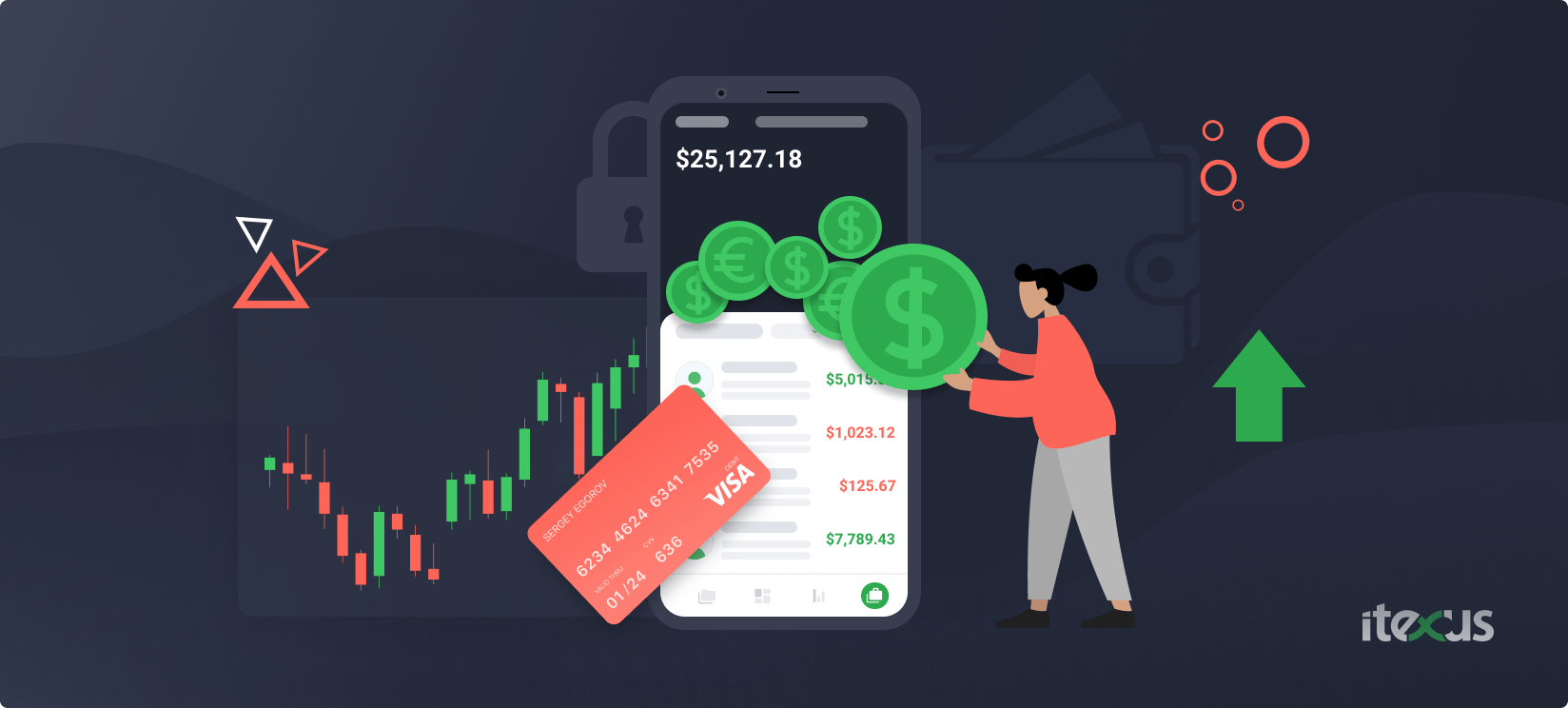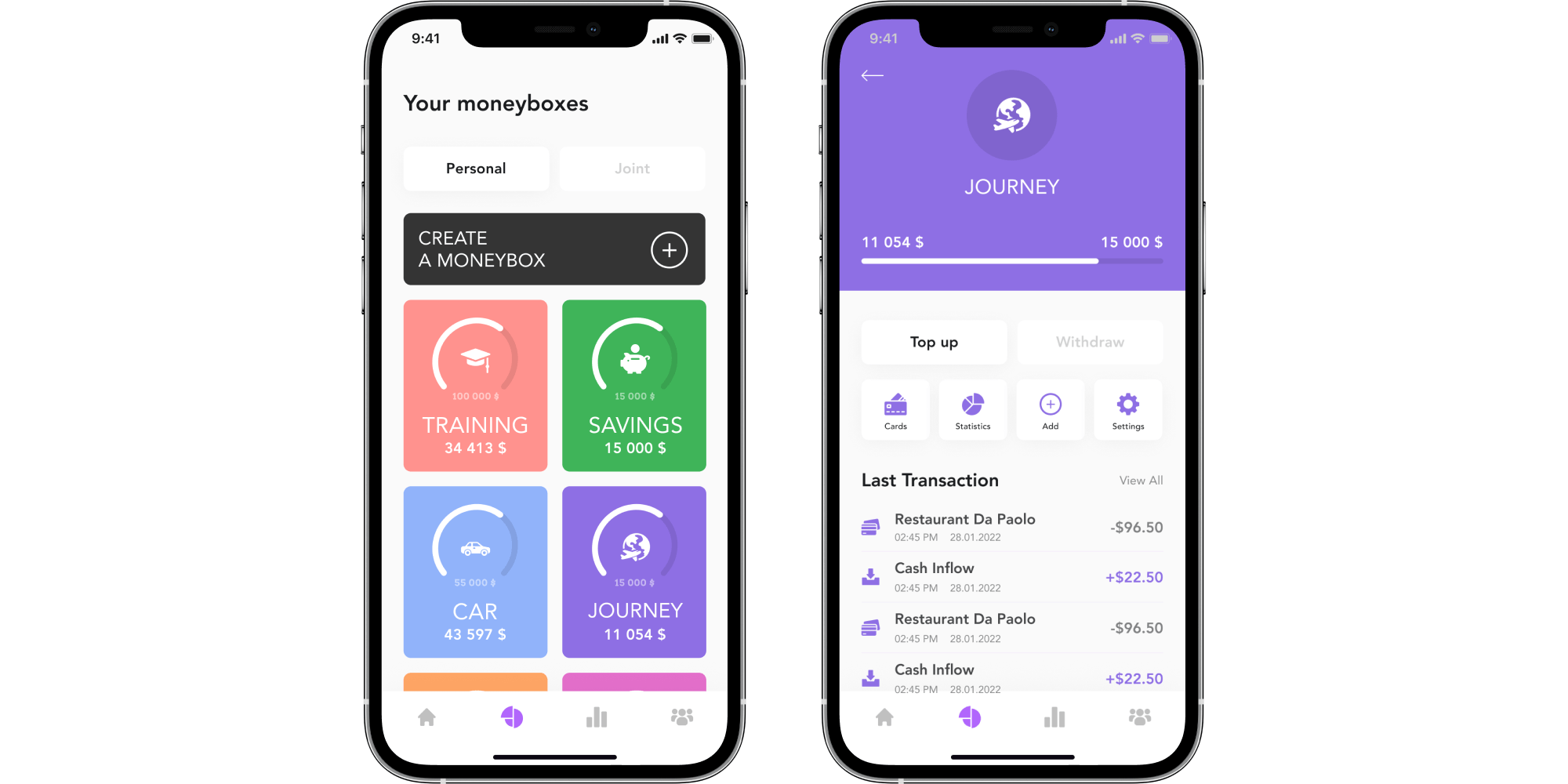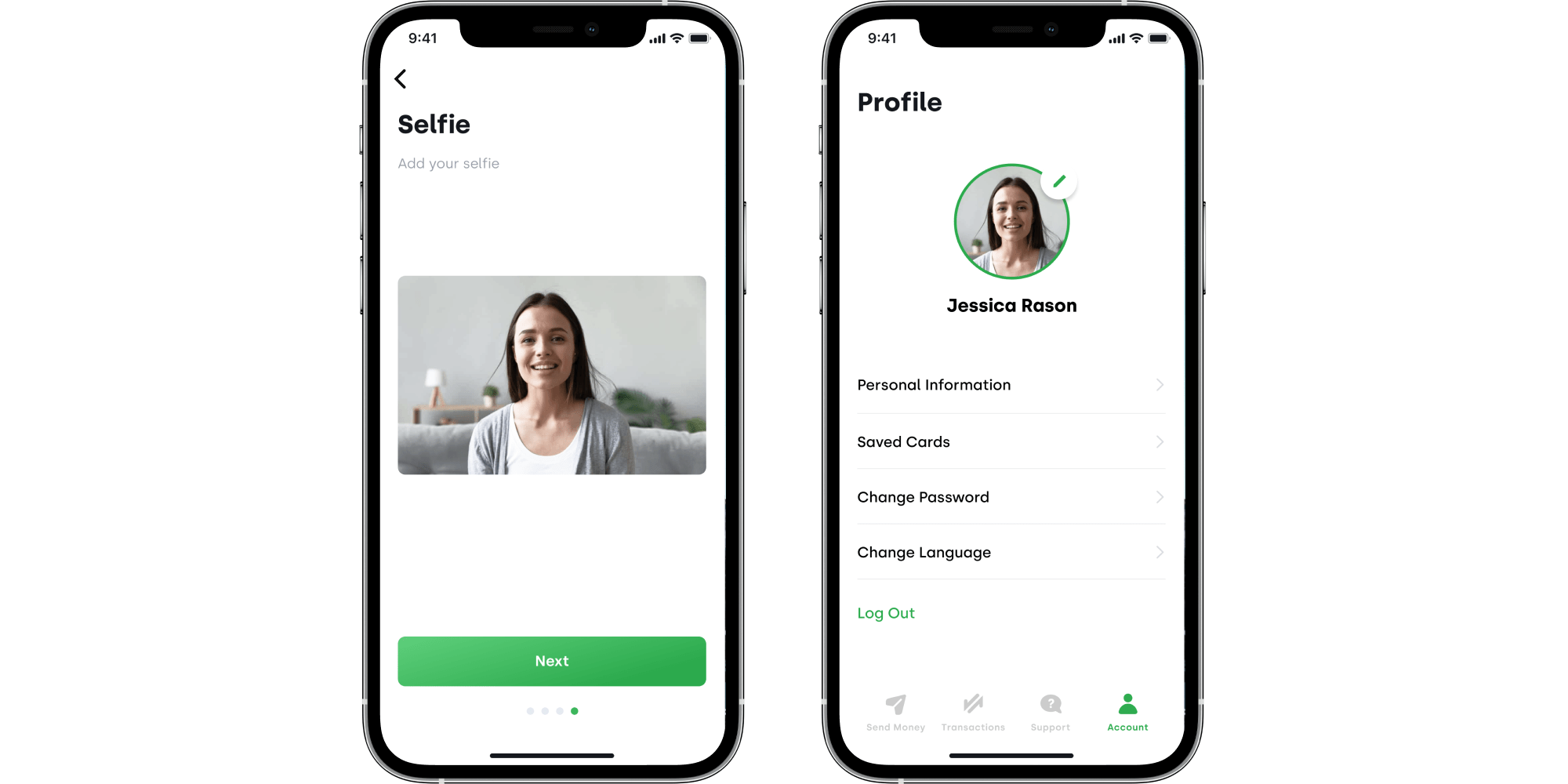The gradual digitization of financial processes has started moving ever since the dawn of the digital age. Its recent boost can probably be attributed to the current global health crisis, but financial experts claim that we would have eventually reached this point anyway.
There are various areas in financial technology that are currently experiencing rapid growth. The global eWallet market is one of them with the increasing adoption of mobile payments worldwide.
Recent research on the mobile wallet market shows that this growth has just begun. The global eWallet market is projected to further grow significantly in the coming years, as measured by the compound annual growth rate (CAGR). The forecast period of this report covers 2020 to 2026, which proves that it is worth developing an eWallet application this year.
It is an emerging market that offers a diverse range of application categories, services, and features.

Core Things to Conquer the eWallet Market
There are four aspects that you need to prioritize if you want to succeed in the competitive market of eWallet development. These are:
✔️ Design
The overall look and feel, structure, and initial user experience shape your users’ first impression more than the actual functionality of your app. App abandonment is certainly one of the biggest issues faced by mobile app developers in various industries.
Statistics show that almost one in five users deletes an app after just a single session. Hence, having an intuitive, user-friendly, yet also aesthetically impressive design is critical if you want to give your application a chance.
✔️ Easy Onboarding
Another common cause of app abandonment, especially for eWallet applications, is a complicated onboarding process. We understand that eWallet service providers have to meet the AML/CFT standards to avoid compliance violations.
However, that does not mean there are no methods to make the onboarding process as seamless and convenient as possible. For example, by creating an easy way to take a photo of the printed requirements in-app, you save the user from unnecessarily scanning the documents elsewhere before uploading them to the app. Same-day approval for various programs and services can also give your app an edge over competitors.
✔️ Core Features
Once you have ensured the previous aspects, the next priority should be to ensure that your application covers all the core features that users expect from an eWallet. Your goal should be to be at least as good as your competitors or better.
✔️ Exclusive Features
Finally, you should also consider the exclusive features that will set you apart from the existing offerings. For instance, you might want to collaborate with a POS financing software developer to provide low-interest POS opportunities exclusive to your users. After all, this is one of the leading trends in eWallet app design.

7 Principles of a Good FinTech Product Design
Like traditional banks, eWallets are also subject to AML&KYC regulations, which inevitably impact the customer journey. Designers should know how to deal with strict standards and still ensure a seamless user experience. Let’s explore key fintech design principles that will help you balance UI/UX challenges and AML&KYC requirements.
1. Create a consistent and attractive visual language
A consistent and attractive visual language is key to a successful eWallet app design. You can achieve this by setting up a design system, using a grid system, and creating a visual hierarchy.
• A design system is a collection of visual and design elements (color palette, typography, icons, illustrations, etc.) that together create a unified and coherent look and feel.
• A grid system helps maintain the layout and alignment consistency and ensures that all design elements are aligned and organized.
• The visual hierarchy highlights important elements and arranges information in a logical and easy-to-understand way, so users can quickly and easily find their way around your app.
It all adds up to a polished and professional look and feel, and a consistent, attractive, and recognizable visual language that conveys a clear brand message.
2. Visualize data impeccably
Fintech means lots of numbers – details about money debited/credited, the volume of transactions, dates of transactions, and so on. But numbers in their numerical form do not make much sense to the human mind – people need to see some patterns to better understand what’s going on. This is where data visualization comes in. Visualizing users’ financial transactions in graphical form (pie charts or bar charts) is a great way to help users process the information.
3. Keep it simple
Do not overcomplicate things, keep them clear and straight to the point. Simplify the user experience in terms of page layout, task flows, navigation, and content display, and make sure the most frequently used tasks are easily accessible. Simple navigation ensures ease of use throughout the entire user journey and gives users confidence in managing their finances with your solution. And whitespace, reduced number of elements on the screen, and prioritizing the most important information will help you avoid a cluttered e wallet UI design.
4. Gamify it smartly
Users take their interactions with fintech solutions seriously, but that does not mean they do not want to have a little fun. Gamification increases engagement, yet it can either make or break the app. Add gamified elements like rewards, quizzes, badges, progress displays, etc. to create a unique experience for mobile users and encourage them to try the app again, but do not go too far.
5. Think ahead
Most fintech solutions are used to perform unavoidable tasks such as paying bills or filling out tax returns. However, one day the user may also want to start saving or investing. In this case, a great user experience revolves around a design that offers such strategic services.
6. Communicate openly
When it comes to managing one’s finances via a fintech solution, trust plays a crucial role. Users want to see the face or person they are entrusting with their money. Trust plays a critical role when it comes to user experience. Customers want to see the face of the person or people they trust with their money. If you want your customers to trust you, you should be willing to show your face or the faces of your teams. A good solution is to publish short bios of team members and how to contact them.
7. Put your customers at the center of the design
Focusing on people is not a trend, but a rule that drives user acquisition. Think about your target audience, analyze their real needs, and base the e wallet UI design on your findings. You should ensure that the solution is comfortable to be used in the major usage scenarios and that your users learn to use it quickly.

5 Steps to Design an eWallet
Developing your app according to eWallet app design best practices and trends should not be a complicated process. Here are five steps that can help you out:
1. Conduct Market Research
Determine your ideal user. Research your direct competitors. Take a look at current growth and performance in your chosen niche. For instance, do you want to offer financial services to younger customers or target small business owners more?
💡 Tip: Share your research results with your employees to make sure that everyone’s on the same page. They might even provide valuable insights that you have not even considered yet.
2. Create User Personas and Map Their Journeys
You can now determine your key user personas from the market research you conducted and create user stories for them. How do you envision your target audience using your app? How does it fit into their daily financial needs?
💡 Tip: Pay particular attention to the user experience. Design your application with the mindset of how to make your user’s financial transactions easier, faster, and more convenient.
3. Create a User Flow
The user journey is the main map of the entire environment where your application is in. It includes how you’ll be able to reach your target users, what different services you’ll be able to provide them, and how those services will improve their quality of life. A user flow, on the other hand, is just one part of the user journey and only deals with the different interactions customers have in the app. Creating these user flows will give your app development the structure it needs.
💡 Tip: Don’t know which part of the user flow you should start with and focus on? While each step of the user flow plays an important role on its own, the onboarding process remains the most critical. For this reason, a large portion of effort in eWallet design is usually dedicated to it.
4. Design Wireframes
From the user flows, you can then move on to designing your wireframes. This is a visual guide to how your eWallet will work. It is an integral part of an e-wallet UI design process. This is also one of the most important references you will share with your app developers.
💡 Tip: You don’t need to bother with the visual design of your app just yet. Effective wireframing deals with intuitive content placement and seamless user flows. You should also focus on accessibility and inclusivity as well.
5. Visualize
Finally, here comes the fun part. It’s the process of designing how your application will look and how the visual elements will complement the services that your app provides. Mobile wallet design trends suggest that users enjoy clean, minimalist, and well-organized apps better.
💡 Tip: Be consistent in your app design by staying true to your branding. This will also help make your app more recognizable and memorable.

eWallet Design Trends to Watch in 2023 That Shape the Future of Mobile Payments
✔️ Artificial Intelligence
AI integration is one of the leading ewallet design trends. It’s a technology that can help you with every aspect of your service process – from banking chatbots to improving customer support to detecting fraud and increasing cybersecurity.
✔️ Biometrics
Since we are already talking about cybersecurity, here’s another technology that’s often mentioned in eWallet design trends. Biometrics adds another layer of security by providing your app with advanced user verification and authentication features.
✔️ Near Field Communication (NFC)
Also known as contactless payments, is one of the technologies that have actively contributed to the rapid growth of eWallet apps. NFC payment feature allows the secure transfer of financial data between two devices as long as they are in close proximity to each other.
✔️ Voice Payments
This digital wallet design trend is just gaining popularity. It allows conversational voice interfaces to provide customer assistance and boost convenience. Aside from that, it also provides brands access to their users’ personal data and behavior trends.
✔️ Integration of social media and other interactive features
Among other ewallet app design trends, this one stands out. Integrating social media and other interactive features into e-wallets brings various benefits to users and businesses, such as increased user engagement and loyalty, enhances brand awareness, more personalized user experience, and social proof, which cannot be overstated in finance. However, just as with gamification, it’s important to carefully consider the features to be integrated and ensure they align with the overall goals and brand of the ewallet.
Summary
Fintech solutions should not only make finance safer, more accessible, and easier for users but also encourage better financial habits among users and keep them engaged. Modern users have high expectations for the performance, reliability, and convenience of digital platforms through which they conduct their financial transactions. They also want their experience to be fun. This is where design comes in to address a wide variety of challenges.
Indeed, much can be expected from the future of eWallets and mobile payments. Financial technology and related services are among the fastest-growing industries today. We hope that our quick guide has helped you get started. However, you do not have to do this alone either. If you have a great idea for an eWallet, you can contact Itexus for a turnkey eWallet solution or just a fintech app design.